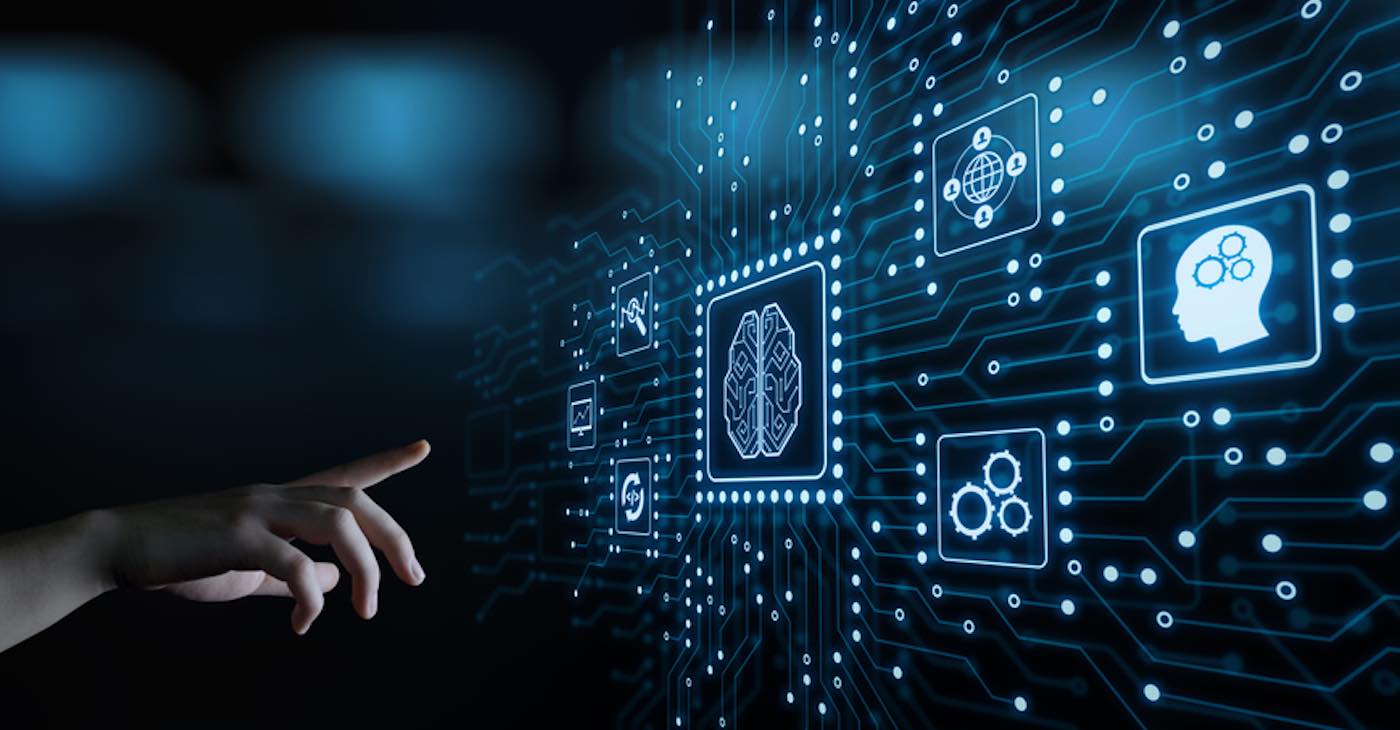Jason Allen’s winning work Théâtre D’opéra Spatial was created with an AI Generative model called Midjourney, making it an unusual blue-ribbon winner for emerging digital artists in 2022.

Midjourney
- Midjourney is an AI-based art generator designed to explore new thought mediums.
- It is a chatbot that uses machine learning (ML) to generate images from text. This AI system employs the concepts and attempts to translate them into visual reality.
- It’s very similar to other technologies like DALL-E 2.
The journey of AI generative models
- Midpoint generator: Midjourney is one of a slew of AI-generated Transformer, Generative, and Large Language Models (LLMs) that have exploded onto our planet in recent years.
- Earlier models: Models such as BERT and Megatron (2019) were relatively small models, with dataset sizes of up to 174 GB, and flew under the collective public radar.
- GPT3’s composition skills: GPT3, released by OpenAI with a 570 GB dataset and 175 billion parameters, was the first to capture the public’s attention with some incredible writing and composition skills.
- Models that generate images or videos from the text: However, the real magic began with Transformers, which could create beautiful and realistic pieces of art with only a text prompt OpenAI’s DALL-E2, Google’s Imagen, the open-source Stable Diffusion, and, course, Midjourney. Meta, not to be outdone, unleashed a transformer capable of creating videos from text prompts.
- ChatGPT, a more recent and evolved, like real communication: In late 2022, the transformer to rule them all, ChatGPT, arrived, built on GPT3, but with the ability to have real conversations with humans.
Are these models morally acceptable?
- Ethics is far too complex a subject to tackle in a single short article. On these models, humanity will have to address three major ethical issues in the near future.
- Environmental: The majority of the blame is placed on crypto and blockchain, but the cloud and the AI models that run on it consume enormous amounts of energy. Simply training a large transformer model once would result in CO2 emissions equal to 125 roundtrips from New York to Beijing. This cloud consists of the hundreds of data centers that dot our planet and consume an alarming amount of water and power.
- Bias; because it does not comprehend the meaning and its implications: Another difficult ethical issue is that size does not guarantee diversity. Timnit Gebru was a Google employee when she co-wrote a seminal research paper referring to these LLMs as “stochastic parrots” because, like parrots, they simply repeated a meaningless litany of words without understanding their implications.
- Plagiarism and the ownership of original content: The third thorny ethical issue that prompted the artist backlash against Allen’s award-winning work is plagiarism. Who owns it if Stable Diffusion or DALL-E 2 did all the work of scouring the web and combining multiple images (say, a Pablo Picasso Mona Lisa)? OpenAI currently owns all images created with DALL-E, and their business model is to allow paid users to reproduce, paint, sell, and merchandise images they create. The US Copyrights Office recently refused to grant copyright to a piece created by a generative AI called Creativity Machine, but South Africa and Australia have recently declared that AI can be considered an inventor.
ChatGPT
- ChatGPT is a chatbot that is built on a large-scale transformer-based language model that has been trained on a diverse text dataset and can generate human-like responses to prompts.
- A conversation with ChatGPT is similar to conversing with a smart computer that appears to have human-like intelligence.
What are the other concerns?
- Aside from the legal quagmire, there is a more pressing concern: this type of low-cost, mass-produced art could drive artists, photographers, and graphic designers out of work.
- A machine does not have human-like sense: A machine does not necessarily create art; it crunches and manipulates data and has no idea what or why it is doing so.
- Because it is inexpensive, corporations may consider using it on a large scale: but it can do so cheaply and at scale. Corporate clients may be interested in it for their creative, advertising, and other needs.
@the end
For good reason, legal and political leaders around the world are raising concerns about the ethics of large generative models. These issues of bias, environmental damage, and plagiarism will become even more fraught as these models become increasingly powerful in the hands of Big Tech, with their unlimited budgets, brains, and computing power. Such AI models should not be used to create chaos, but rather to live in harmony.
Source: https://research.aimultiple.com/generative-ai-ethics/
